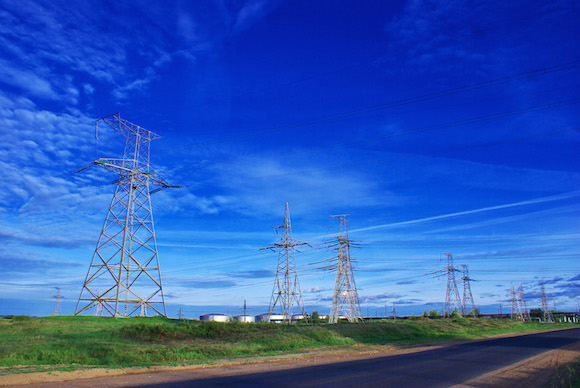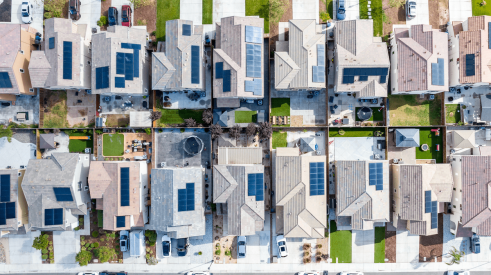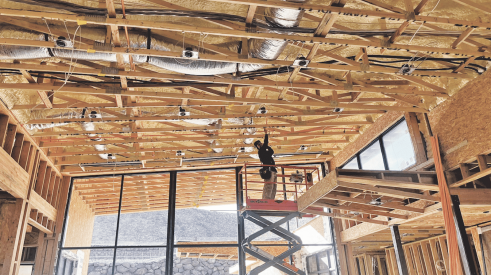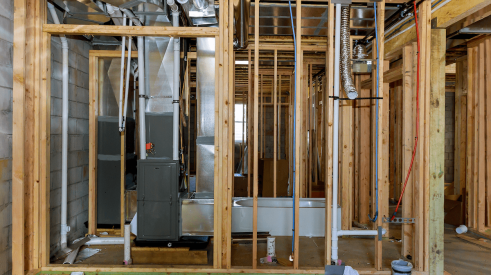A study that was released by the U.S. Energy Information Administration (EIA) contends that energy efficiency improvements were enough to reduce power consumption to levels that offset the more than 70 percent increase in the number of households and the size of dwellings during that 29-year span. The EIA report acknowledged that building codes, incentives from utilities, and Energy Star standards for appliances helped to decrease home energy consumption per square foot by 37 percent compared with 1980. That figure could have been bigger were it not for homebuyers’ preference for larger houses—the average size of a single-family home, either detached or attached, and apartments grew almost 19 percent—and their increased use of home appliances, networking equipment, home entertainment devices, and other electronics.
Other factors such as population movement, shifts in housing type, and weather only minimally affected consumption. Although the country’s population center moved to warmer climates in the West and South where energy demand for space heating is lower, the regional effect is credited with just 2.7 percent of lowered consumption. The shift from single-family detached and apartments in smaller buildings to single-family attached and apartments in larger buildings accounted for just 1.7% of the reduction in energy consumption. Similarly, climate had little impact between 1980 and 2008, as those specific years had warmer winters and cooler summers.
The overall consumption of energy by U.S. households in 2009 was 10.2 quadrillion British thermal units (Btu), but would have been 13.8 quadrillion Btu without the improvement in energy consumption by square foot since 1980, the EIA report says. PB
Advertisement
Related Stories
Sustainability
Mention of Eco-Friendly Home Features Is on the Rise in Sales Listings
Home listing descriptions using eco-friendly terms have been rising over the past five years in line with growing consumer interest in the environment and energy efficiency
Construction
5 Steps to Cracking the Code for a High-Performance Home
As a model of energy savings, water conservation, indoor comfort and health, and use of on-site renewable energy, The New American Home 2024 offers valuable lessons
Sustainability
Which Green Building Practices Are Home Builders Using Most?
A recent report reveals which green-building practices are most popular among single-family home builders and remodelers







